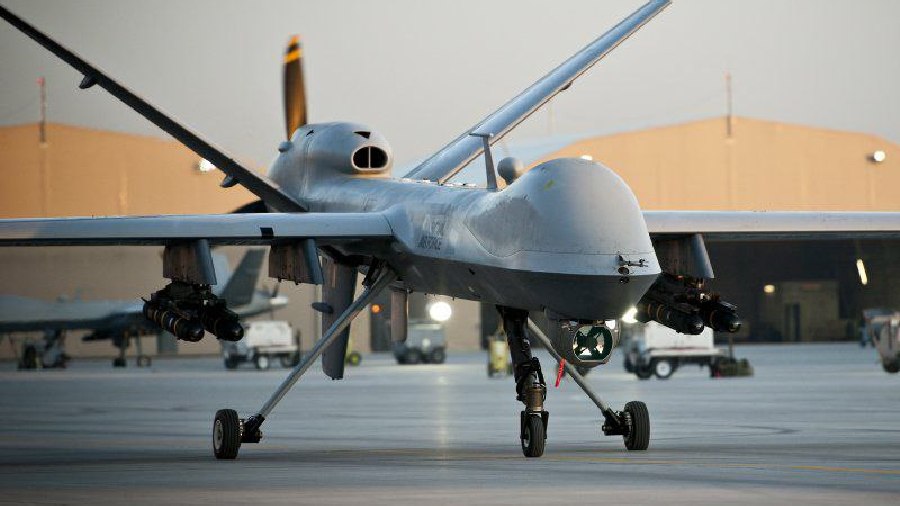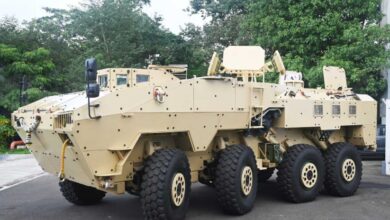Armed Drones And Jet Engines Elevate Indo-US Defence Ties

- India plans to get the first batch of 10 in one to two years, and the rest will come every six months.
- India has been using two unarmed Sea Guardians that were leased by the Navy in September 2020 for ISR tasks in the IOR and along China's 3,488-km Line of Actual Control.
During the Modi-Biden meeting, India and the US will sign two agreements that are firsts for a US ally that is not in the military. These agreements will allow India and the US to work together to make GE-F414 fighter jet engines and sell armed MQ-9B Predator drones.
India wants to buy 31 drones for $3.5 billion: 15 Sea Guardians for the Navy and eight Sky Guardians each for the Army and IAF. This will greatly improve India’s ability to carry out long-range ISR and strike missions in the Indian Ocean Region (IOR) and along its land borders with China and Pakistan.
Officials hope that co-producing the GE-F414 INS6 turbo-fan engines in India to power the country’s own Tejas Mark-2 fighters—the existing Tejas Mark1 jets have GE-F404 engines that were bought without any transfer of technology (ToT)—will lead to strong defense-industrial collaboration in other areas as well.
These include Stryker armored battle vehicles, long-range artillery, smart munitions, and the ability to see what is going on under the water. Even though India and the US have different views on Russia and other problems, the jet engines and drones show that their strategic goals are getting closer together to stop China’s growing aggression in the Indo-Pacific.
The US, of course, also wants India to stop relying so much on Russian defense goods. India is ready to help with the search, but it is still set on keeping its strategic independence. India hasn’t been able to make its own jet engines or armed HALE (high altitude, long-endurance) drones for decades. Both of these are important technologies that India needs to get out of its weak strategic situation as the world’s largest arms importer.
An official said, “We want to move away from this simple buyer-seller relationship.” This is because the US has made defense deals with India worth over $21 billion in the last 15 years. The MoU between General Electric and the defense PSU Hindustan Aeronautics to make GEF414 engines in the 98 Kilonewton thrust class with 80% to 100% ToT is expected to start a new era.
“After years of talks and bureaucratic hurdles, the GE-F414 engines that power American F/A-18 Super Hornets and Swedish Gripen fighters were finally on the market.” “In two to three years, the GE-F414 engine plant should be built in India. But in the future, we will need more powerful 110 Kilo-Newton engines for our planned fifth-generation stealth AMCA (advanced medium combat aircraft) project,” he said.
In the same way, the purchase of 31 MQ-9B drones, along with their mobile ground control systems, Hellfire air-to-ground missiles, precision-guided munitions, and other equipment, is to meet “immediate operational requirements.”
“With MRO (maintenance, repair, and overhaul) facilities for the MQ-9B to be set up in India, which can serve countries like Japan and Australia, DRDO should get the experience it needs to build such drones in the future,” said another source. After formal technical and commercial negotiations, the US government’s foreign military sales program (FMS) will sign a contract for the MQ-9B drones. India plans to get the first batch of 10 in one to two years, and the rest will come every six months.
“We want the training to be done in six to seven years. But that will depend on how much General Atomics can make,” the source said. India has been using two unarmed Sea Guardians that were leased by the Navy in September 2020 for ISR tasks in the IOR and along China’s 3,488-km Line of Actual Control.







Facebook Comments